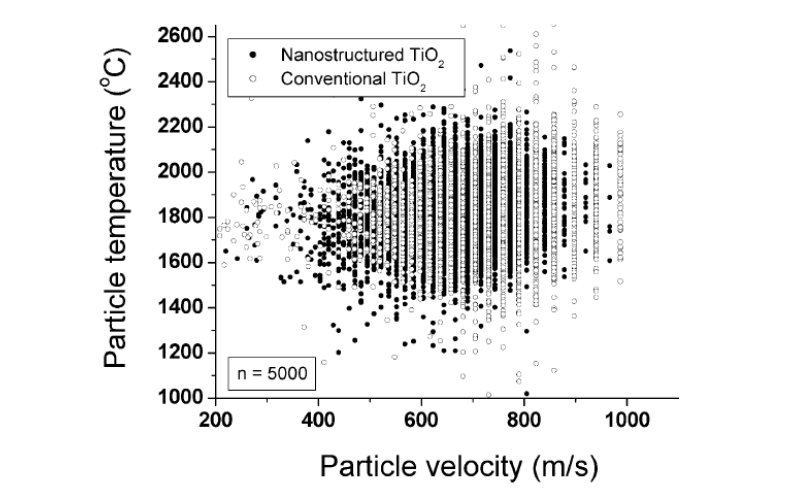使用纳米结构原料合成的热喷涂钛涂层的延展性增强
通过高速富氧燃料(HVOF)对纳米结构和传统二氧化钛(TiO2)原料粉末进行了热喷涂。分析并比较了这两种涂层的微观结构、孔隙率、维氏硬度、抗裂纹扩展能力、粘结强度(ASTM C633)、磨损行为(ASTM G65)和磨损疤痕特征。在热喷涂过程中,由纳米结构原料制成的涂层呈现出双峰微观结构,其中包含完全熔融颗粒的区域(传统基体)和嵌入半熔融颗粒的区域(纳米结构区)。与传统涂层相比,双峰涂层还具有更高的结合强度和耐磨性。通过比较两种涂层的磨损疤痕(通过扫描电子显微镜和粗糙度测量)可以发现,在相同的磨蚀条件下,双峰涂层的磨损疤痕比传统涂层更光滑,塑性变形区域更多。结论是,双峰涂层延展性的增强是由其较高的韧性造成的。结果表明,随机分布在双峰涂层微观结构中的纳米结构区起到了阻止裂纹产生的作用,从而增强了韧性,提高了临界切割深度,使其具有比传统涂层更宽的塑性变形范围。这项工作提供了证据,证明双峰涂层延展性的增强是一种与纳米结构相关的特性,而不是由任何其他微结构假象造成的。
关键词:热喷涂,热喷涂,钛(TiO2),纳米结构,延展性,耐磨性,粘合强度
最初发表于《材料科学与工程:A》(第 395 卷,第 1-2 期,2005 年 3 月 25 日,第 269-280 页)
作者:R.S. Lima、B.R. Marple
